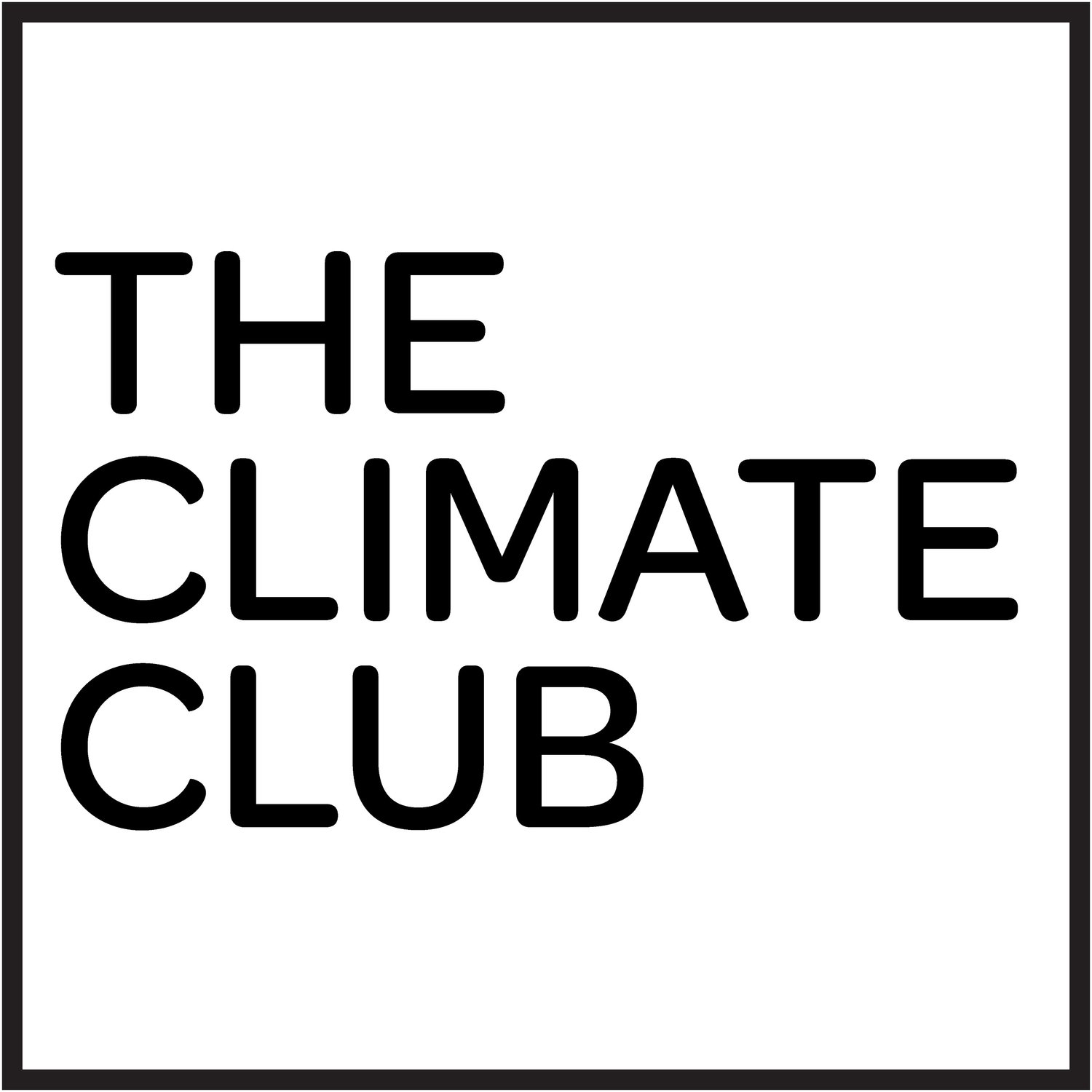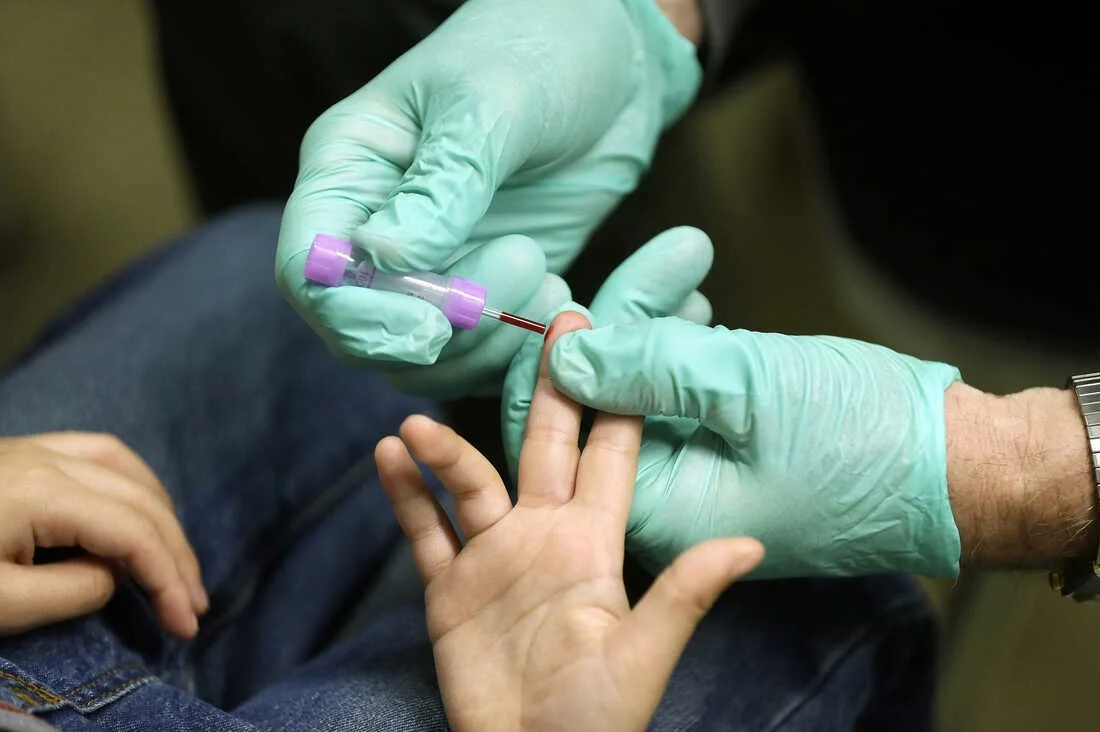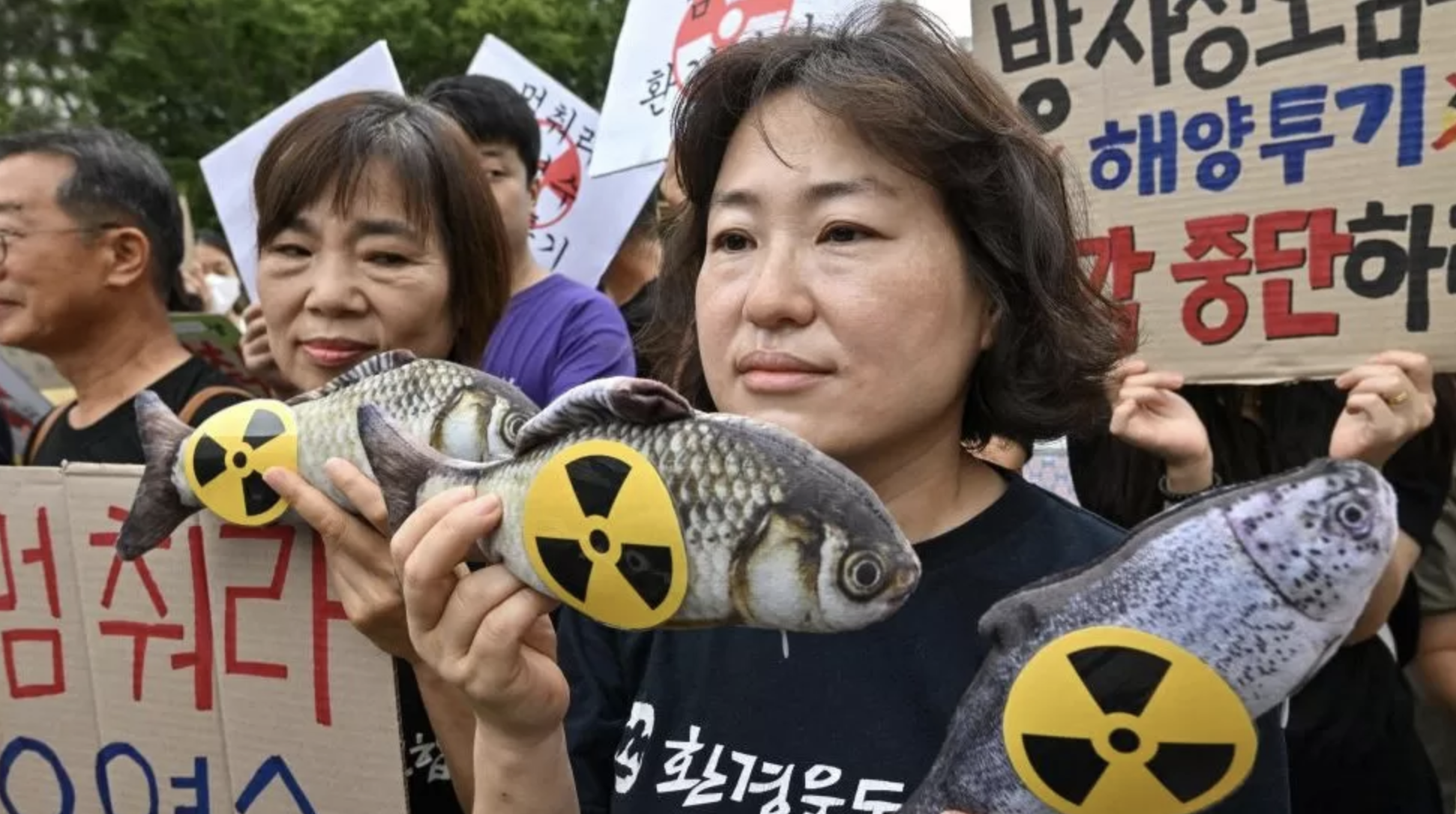Unregulated Products and Contamination: Public Awareness on Lead Poisoning Risks
A woman in Sacramento, California, tragically died from severe lead poisoning after using a hemorrhoid ointment called Cao Bôi Trĩ Cây Thầu Dầu that she purchased via Facebook from Vietnam. Testing later revealed it contained 4% lead, posing significant health risks and ultimately leading to her death.
Cobalt Mining in Congo: Environmental Health, Safety, & Human Rights
Cobalt is a chemical element with a silver-white and bluish coloration, used to produce lithium-ion batteries that supply energy to electronic devices and vehicles. However, mining cobalt will not only ruin the environment, but also pose extreme environmental health risks to the people who work in the mining industry.
Seaweed—A Potential Missing Piece in the Climate Puzzle
Ongoing climate research in human health, coastal community resilience, and agriculture environmental impacts may all find their solutions from the same naturally occurring source: seaweeds. With ever increasing natural disasters due to climate change, it is believed by researchers at Running Tide and the Bigelow Laboratory of Ocean Sciences that harnessing the power of seaweed could unlock answers for reducing atmospheric carbon and global food insecurity.
Deadly Floods in Libya: Byproduct of Climate Change & Neglected Infrastructure
In early Sep, a catastrophic flood hit Derna, Libya, killing over 5,000 people and leaving thousands missing. The flood was triggered by Storm Daniel, which had characteristics of both hurricanes and typhoons. Climate change likely intensified the devastating floods caused by the storm. Rising sea surface temperatures injected energy and moisture into the storm, escalating its winds and rainfall. Although sea surface temperatures were not exceptionally high, they were sufficient to enhance and fuel such storms.
Wildfires in Hawaii & Climatic Trends
In early August, Hawaii experienced a series of wildfires that resulted in the loss of over 100 lives and the burning of more than 10 square miles of land in Maui.
Leave Carbon Behind, Not People: An Introduction to a Just Transition
The transition to a low-carbon world is not without pushback and criticism. Fighting climate change by reducing carbon emissions is important, but it could have a negative impact on employment and the economy. In order to address the unease among workers, it is important to validate worries, and identify strategies and solutions- ensuring a just transition where no one is left behind.
Direct Health Effects of Greenhouse Gases
Greenhouse gases are well known for their role in driving climate change. By trapping heat from the sun in the atmosphere, they increase the global average temperature and change the Earth’s climate. Climate change is responsible for causing various health hazards, such as extreme heat, an increased severity of wildfires and floods, and more incidences of natural disasters.
Ripples of Radioactivity: Fukushima's Water Release & Global Environmental Concerns
With the recent release of the Oppenheimer movie shedding light on the historical and contemporary implications of nuclear activity, global attention has once again turned to the ongoing challenges and debates surrounding radioactive materials. This has been exemplified by Japan's decision to release treated radioactive water from the Fukushima Daiichi nuclear power plant into the Pacific Ocean. The UN's nuclear watchdog says the recent plans for discharge will have minimal radiological impact, but some nations have concerns.
Carbon Sequestration Methods for Reducing Climate Change
Our reliance on fossil fuels for transportation, electricity generation, and industry makes carbon dioxide (CO2) the most emitted greenhouse gas warming our planet. Although CO2 occurs naturally in the atmosphere, human activities have caused a 50% increase in its concentration in the last 200 years.









